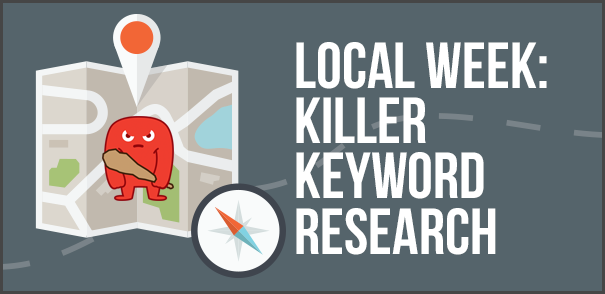Why did Google decide to get rid of reverse image searches?
Google has been known for its search engine results pages (SERPs) since its early days. In 2011, they introduced a new algorithm called “reverse image search,” which helped them improve their SERP results.
The search engine Google has been known for its ability to identify images, videos, and websites on the web. But in 2016, it decided to end its Reverse Image search feature.
The decision was based on the number of times they needed to use the feature to find replaced and deleted images. It led to obstruction, as people used the function to search for images they already had.
The history of Google’s relationship with reverse image search
Google has been involved in a reverse image search for many years, and it is one of its most popular features.
The search engine uses algorithms to look for images similar to those you searched for; then, it displays what you were looking at.
This feature is especially useful when you want to find a picture of something you’ve already seen online.
Reverse image search is widely used on Google.
Yes, that’s correct! Reverse image search is a helpful tool for finding similar images or finding the source of an image. Reverse image search is a widely used search feature on Google.

When a person types “reverse image search Google” into a search bar, it brings up the images that Google has reversed or inverted. It will often help users find pictures of a specific person, place, or thing, but it can also be used to obtain images mistakenly included in web searches.
If you use the “Search by Image” option in the “Tools” menu of the regular Google search page, you can use the “Reverse Image Search” tool from the Google Images website.
You can then either upload an image from your computer or enter the URL of an image to search for it.
Reverse image search can be especially useful if you have a photo and you want to find out where it came from or if you want to find higher-resolution versions of the image. It can also be helpful if you want to find pictures similar to a particular image.
Google Reverse image search has some limitations.
There are some limitations to consider when using RIS for online searches.
- One such limit is that the images returned can be relatively small. To show the most accurate results, ensure you utilize a large enough image library to search the RIS.
- Another limitation is that RIS can only return images that have been successfully scanned and converted to digital form.

Why did Google eliminate reverse image search?
In May 2011, Google announced eliminating reverse image search from its main search bar. The decision was made because the feature needed to be more varied and easier to use correctly.
Google has eliminated the quality in favor of a more traditional search engine results page. This change may result from the concerns that reverse image search can be used to access personal information about individuals.
Additionally, the elimination of reverse image search might be because it is difficult to find suitable images for use on Google results pages.
As part of the agreement with Getty Images, Google will eliminate automated reverse image search in its search results, with the goal of attribution authorities.
It will also remove its buttons for reverse image search, but users can still perform a reverse image search by having the picture embedded in their Google search bar.
The future of reverse image search: Possible benefits and drawbacks
Reverse image search (RIS) is a technology that allows users to search for images that have been reversed or manipulated to look like they are from a different source.
This technology has many potential benefits, allowing users to find pictures they may have missed if they only looked at the original photos. However, RIS also has some drawbacks, such as the ability to identify counterfeit items and other illegally copied materials.






